Spending hours outside caring for your lawn may feel overwhelming if you’re new to lawn care. Don’t worry! Adding a few simple steps to your schedule will make your lawn lush and green in no time. This blog post provides newbie gardeners with essential tips for creating and maintaining the perfect backyard oasis – from choosing the right fertilizer to mowing techniques tailored for different seasons. So grab your tools and learn how to take care of your lawn for beginners to make it stunning without sweat.
Why is lawn care necessary?
Taking care of your lawn is very important to creating a stunning landscape. People see your yard at first sight when they visit you in your home, and a good impression is created in their minds.
Lawn care is essential for a healthy, beautiful yard. Neglecting your lawn can result in a dull, patchy, and weed-infested space, which can detract from the overall appeal of your home. The harsh effects of weather, foot traffic, and weak soil or grass types can take a toll on your lawn. Caring for your lawn includes regular maintenance like mowing, fertilizing, weed control, and watering.
Proper lawn care can improve the appearance and health of your yard, providing a welcoming environment for your family and guests. It can also increase the curb appeal and value of your home. With a little effort and care, your lawn can reach its full potential and thrive for years.
How To Take Care Of Your Lawn For Beginners
Many homeowners have a few ideas at the beginning, but most of them are introduced to mowing, fertilizing, weeding, mulching, watering, and some other tasks related to lawn care. So, if you are one of those, well, you have an ABC idea, and from those, you have confidence. So, carefully follow the unique guide and learn what you need to know about taking care of your lawn in detail.
Before starting a lawn care task, the first step is figuring out your baseline. You need to have a baseline on which tasks you need to improve to make your lawn better. If your lawn is full of crabgrass, you notice dead spots in your outdoor furniture or pets, or the soil is more compact, all of these problems are symptoms of an unhealthy, dull lawn, and it’s time to solve these problems.
When you figure out a baseline, you have to keep in mind your regional weather conditions and soil type. You have to think about where you are and what long-cherished dreams must be included in your schedule.
As soon as you introduce the right conditions for your lawn, you don’t stay away without doing any work. You have to prepare a plan for your desired goals, and it needs to include mainly a few elements. Such as-
1. Weeding
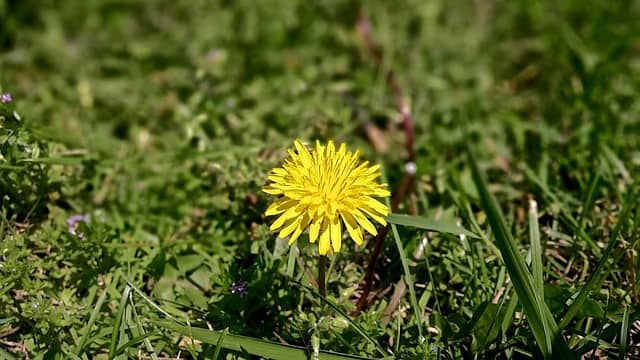
Weeding is one of the most essential and beneficial tasks for your lawn, making it look even more beautiful. Weeds are the undesired plant, so it’s complete with your plants for light, temperature, water, and mostly stolen nutrients. So, you have to remove these weeds from your lawn as soon as they emerge. Some of the common weeds to encounter are:
- Crabgrass
- Dandelions
- Quackgrass
- White clover, etc.
The most effective way to remove these weeds is to pull them out with their roots. You can also kill them by using many biological, natural, or chemical compounds. You can also use heavy lawn care equipment to pull them out.
2. Mowing and trimming
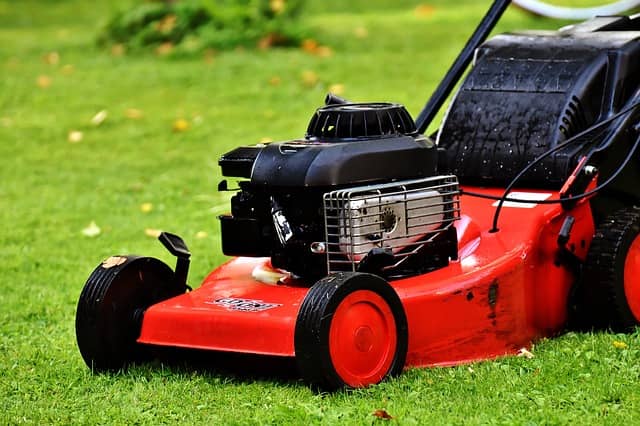
It is the first and most crucial task for a healthy lawn. If you think this task is hard based on your experience, I think you are mowing your lawn incorrectly, and you didn’t even notice that before. To keep your lawn grass healthy and evergreen as well, the proper way to mow is the key to a spiffy look in your yard. If you want to be a pro in mowing, follow some special mowing tips and adhere to your technique to make it perfect. Some basic considerations about mowing
Blades
When you start to mow your lawn, make sure that the mowing blades are sharp enough to ensure a clean cut. If your blades are not sharp enough, you don’t get a good cut in your lawn grass as they tear it, and it is harmful to your lawn. If your blades become dull, you need to go to your local home care store. They will give it to you the same day you give them the sharpener. So, make sure before using your lawnmower that it is sharp enough to make a good cut.
Proper height of grass
The appropriate height of the grass is another crucial factor in giving your lawn a gorgeous look. Height should be adjusted before starting to mow with a lawnmower if you need an extended cut or shortcut, so fix it before, but overmowing becomes harmful for your lawn grass and has a negative impact on the growth of lawn grass. So, mow with a moderate height, making sure that it cuts one-third of the grass height. Mow your lawn every 6 to 7 days, and the grass will be thankful to you.
Time of mowing
The time of your mowing is also another important consideration. The exact time to mow is when you see some dry grass on your lawn. You need to water the yard and notice that your wet grass is already weighed down and your dry grass is upright and ready to cut. So, cut in this time to remove all dry grass to make healthier grass, cleaner yards, and cleaner clothes.
Trimming
It is an essential task to trim your lawn regularly with a perfect trimmer.
3. Fertilizing
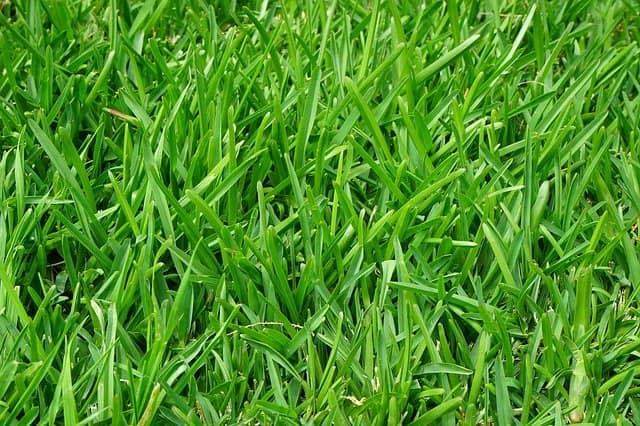
To make your lawn healthier and evergreen, it must need sunlight and water for proper growth, but you don’t supply nutrients from those sources. You need to supply these nutrients through the proper amount and time of fertilization. You can find an appropriate combination of fertilizer at the local market or lawn care service company. But it doesn’t do any good if you don’t choose the fertilizer properly. So, you need to introduce and follow some steps which you require:
- Soil pH: The main work you have to do before choosing fertilizer is to check your soil pH, whether acidic or basic. You need to check which test is available in your local lawn care store. If it is acidic, use some essential fertilizer or lime in your soil to grow correctly. If it is bare soil, use acidic fertilizer.
- The proper time for fertilizer: You need to fertilize your lawn at the appropriate time. Many professionals recommend using fertilizer twice per year when required. Use fertilizer in the spring or summer for cool-climate grass and in the fall or winter for warm-season grass.
- Use compost: Use compost to feed your grass and supply nutrients as it is eco-friendly, and by supplying nutrients, the lawn becomes evergreen.
4. Watering
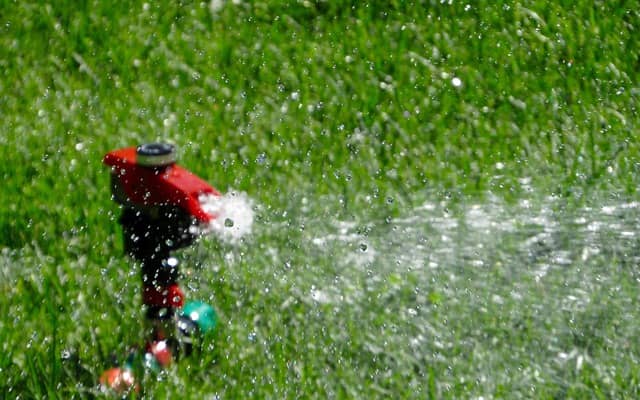
Watering is vital for the lawn, as we know water is life for everything, but it is a somewhat complicated step. It is not the only time that you water your plant when it becomes dry. You need to keep your grass hydrated to ensure that it never gets thirsty. You have to follow some tips:
- Water every week: You have to water your lawn once or twice per week to avoid oversaturation.
- Deep-water: When you water your lawn, ensure that the water gets down into the roots to supply sufficient moisture. Shallow water doesn’t deliver enough moisture to soil and grasses.
- Water early in the morning: Water your plant early in the morning so that it gets down in the soil and supplies sufficient moisture to the soil and roots before sunlight has peaked. A delay in watering allows evaporation before getting down into the soil, and at night it becomes oversaturated, allowing fungal disease.
5. Aerating
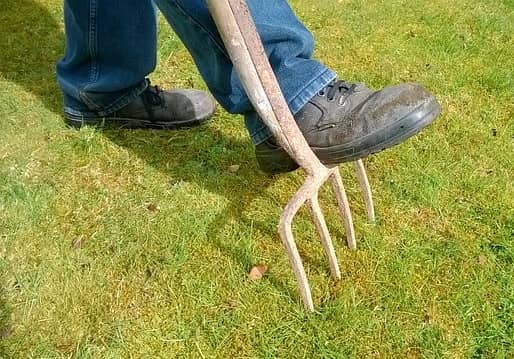
Aeration is another essential task to give your grass some breathing room. If you don’t remember the last aeration, you need to aerate your lawn immediately to allow your soil to reduce thatch and introduce sufficient oxygen to your soil. The proper supply of moisture, nutrition, and air largely depends on your aeration tasks. You can use a core aerator or a liquid lawn aerator. Here are some tips for aeration:
- Inspect your lawn: Before going to aerate your lawn, you need to inspect your lawn to ensure that there is a lot of thatch or that your soil is hard or compact enough. If so, you need to aerate as soon as possible.
- Aeration time: The best time for aeration is in the spring or fall, when your lawn is moist but not wet. You must ensure that your aerator is sharp enough to complete your job perfectly.
- Avoid over-aeration: You have to aerate your lawn usually once or twice a year. If it is over, it can damage your lawn badly.
6. Seeding

Seeding is another important task after every aeration to get a lush, healthy, and vibrant landscape. Aeration holes are the perfect place for the germination of your new seed. You have to figure out the right seed that suits your lawn and matches perfectly with your lawn grass and your local environment.
Final thoughts:
If you want an evergreen landscape, don’t waste your time; start doing your job from the beginning. Carefully handle all your jobs by following the above techniques. Proper care of your lawn will make it look beautiful and make it healthy, and that’s why your neighbors will envy you while you sit back, relax, and enjoy your lawn. If you face any problems while you are working on your lawn, please leave a comment. We can help you achieve your desired goals as far as possible. So, take care of your lawn and stay with us; I’ll see you in another article with another special topic.



